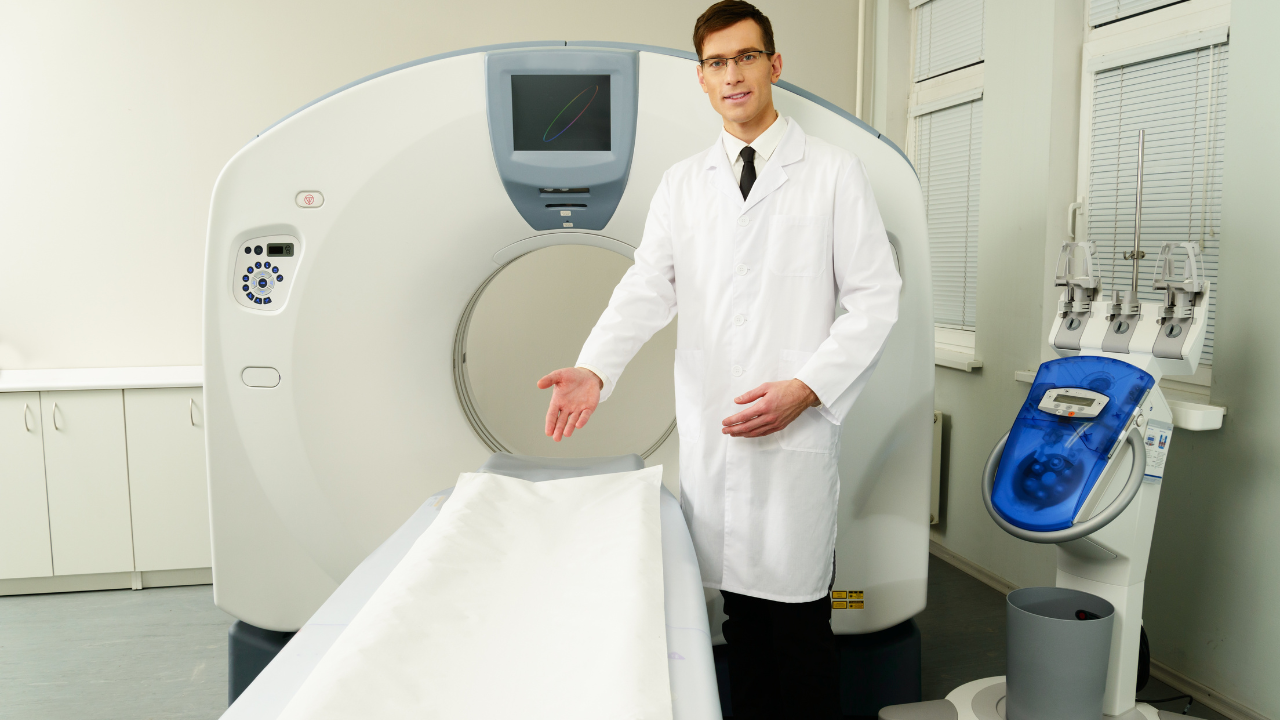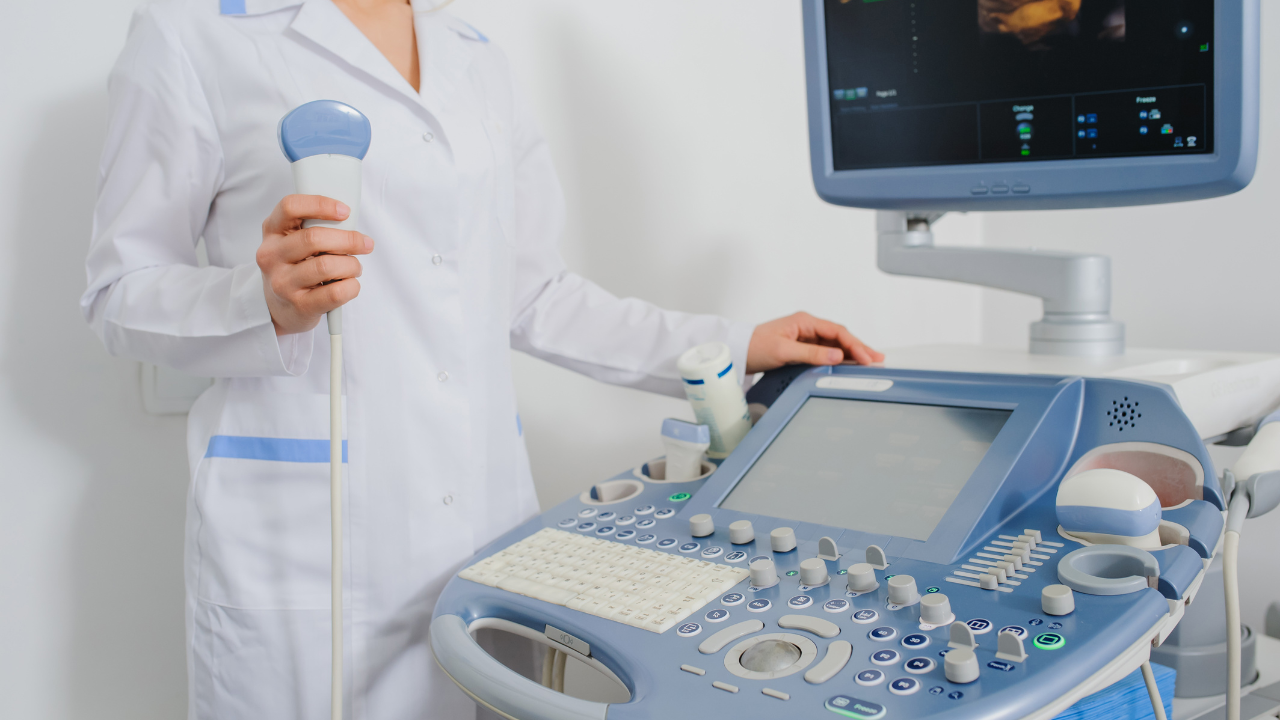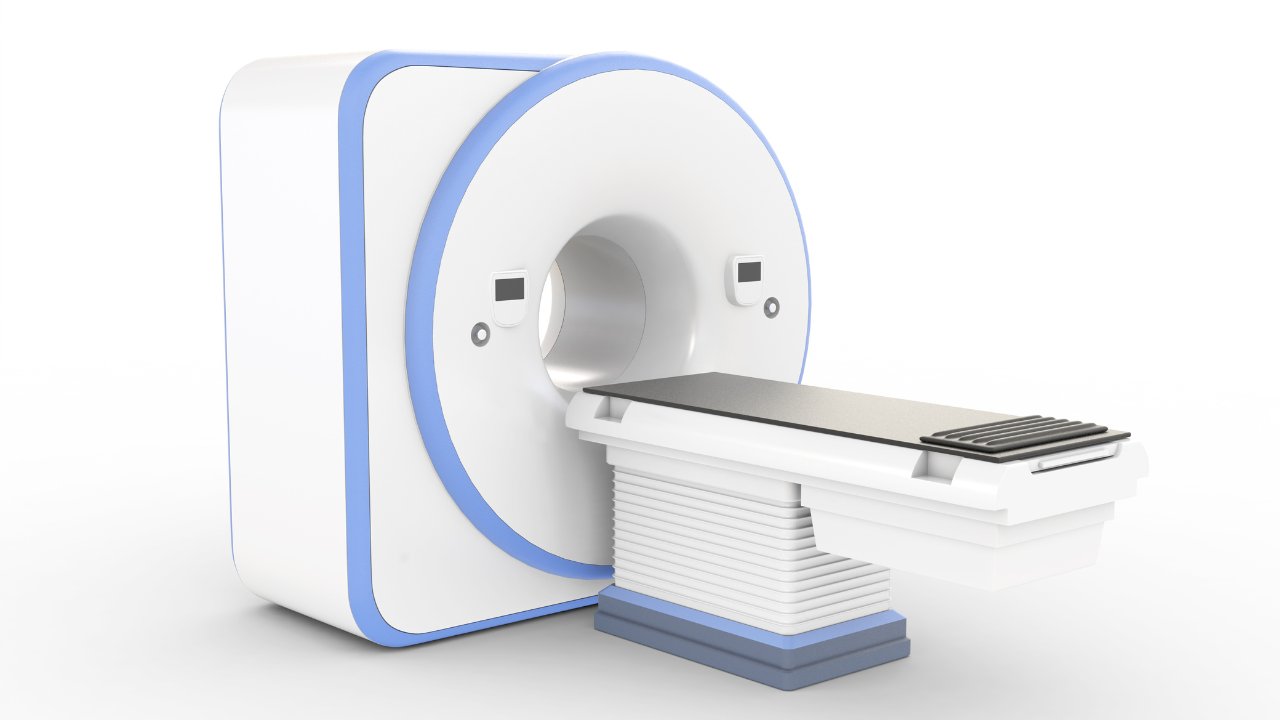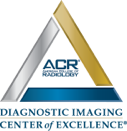Blog and News
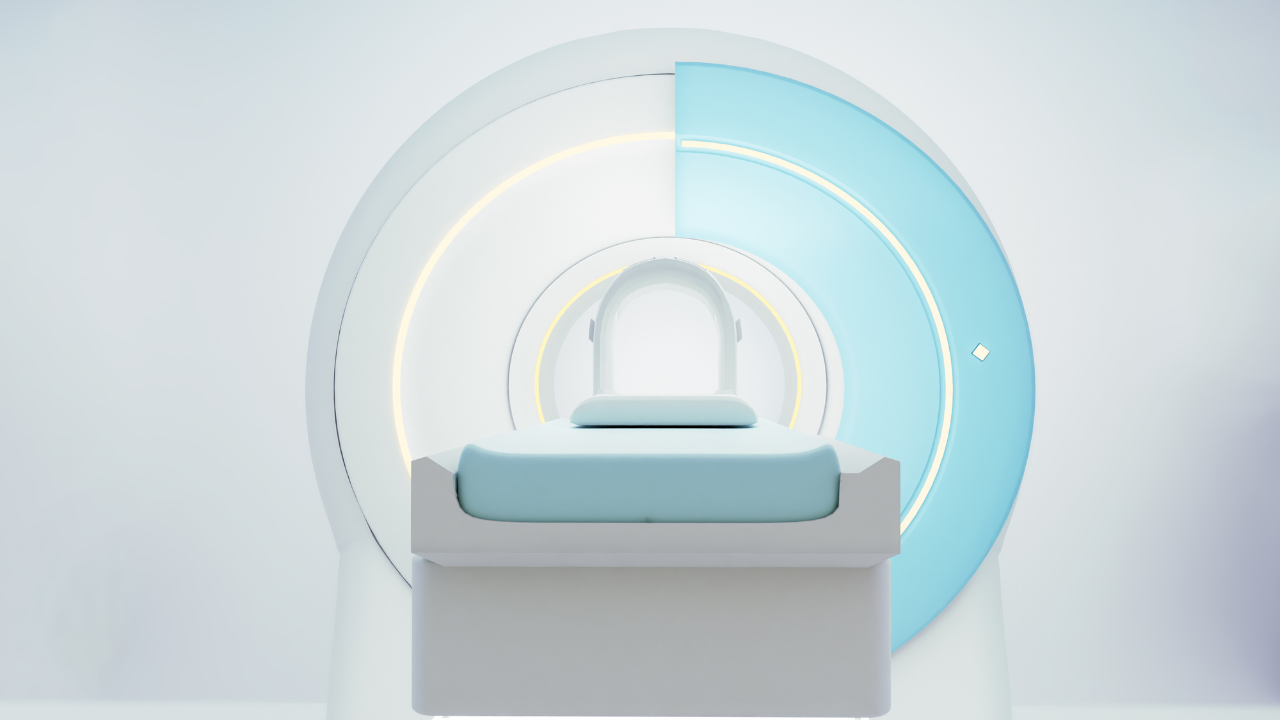
You can ensure optimal imaging and patient satisfaction by implementing robust MRI quality assurance protocols. Begin by calibrating your MRI scanner meticulously and establishing baseline metrics. Regularly conduct inspections using phantoms for consistent data and calibrate coils to maintain signal integrity. Analyze image clarity and focus on reducing artifacts to ensure precise diagnoses. Train your staff continuously to recognize issues and use advanced software for image analysis. Actively seek patient feedback to fine-tune protocols and foster a patient-centered care environment. This approach not only enhances imaging accuracy but also boosts patient comfort and trust. Continue to discover specialized techniques to elevate your practice.
Key Takeaways
- Routine calibration ensures MRI scanner accuracy and consistency.
- Regular phantom testing helps detect equipment deviations early.
- Continuous staff training enhances compliance with quality protocols.
- Addressing artifacts improves image clarity and diagnostic reliability.
- Patient feedback integration enhances comfort and satisfaction.
Establish Baseline Metrics
Establishing baseline metrics is crucial for ensuring the consistency and accuracy of MRI imaging quality over time. You'll need to collect initial data on various parameters like signal-to-noise ratio (SNR), geometric distortion, and image uniformity. These metrics form the foundation for ongoing quality control.
Start by calibrating your MRI scanner according to the manufacturer's guidelines. Record the initial performance data meticulously. Use phantoms, standardized objects that simulate human tissue, to gather consistent data.
Compare these baseline results to future scans to identify any deviations. Regularly updating and referencing these metrics will help you detect any equipment drifts or malfunctions early. This proactive approach not only ensures optimal imaging but also enhances patient outcomes by maintaining high diagnostic accuracy.
Conduct Routine Inspections
To ensure optimal MRI performance, you must inspect equipment regularly to identify any potential issues early.
Consistently verifying image quality will help maintain diagnostic accuracy, while monitoring calibration standards ensures reliable results.
Adhering to these practices will enhance the overall quality and reliability of your imaging processes.
Inspect Equipment Regularly
Routine inspections of MRI equipment are crucial for ensuring consistent imaging quality and patient safety. You need to diligently check all components, from the magnet and coils to the gradients and cooling systems.
Look for any signs of wear or malfunction that could compromise image clarity or patient comfort. Regularly calibrate the machine to maintain precise measurements and diagnostic accuracy.
Ensure that the software is up-to-date and functioning correctly to prevent any operational hiccups. By meticulously documenting each inspection, you create a clear maintenance history, allowing you to address recurring issues proactively.
Your commitment to these routine checks not only safeguards the equipment but also fosters a reliable, safe environment for your patients, elevating their overall satisfaction.
Verify Image Consistency
Ensuring the consistency of your MRI images involves conducting routine inspections that focus on identifying and rectifying any variations in image quality. This vital step ensures patient satisfaction and diagnostic accuracy.
Here's how you can maintain image consistency:
- Daily Phantom Scans: Perform these scans to detect any immediate deviations or artifacts in image quality.
- Weekly Image Reviews: Examine images for uniformity and consistency, comparing them with previous scans.
- Performance Checks: Regularly validate the functionality of coils and other MRI components.
- Technologist Training: Ensure ongoing education for technologists to maintain high standards in image acquisition.
Monitor Calibration Standards
How often do you verify that your MRI monitors meet the calibration standards necessary for accurate image interpretation?
Ensuring your monitors are properly calibrated isn't just a technical requirement; it's crucial for patient care. Conduct routine inspections to maintain optimal display performance. Invest in high-quality calibration tools and adhere to industry standards, such as AAPM TG18 guidelines.
Regularly checking luminance, contrast, and resolution ensures diagnostic accuracy. Inconsistent calibration can lead to misinterpretation, affecting patient outcomes. By standardizing your calibration process, you enhance diagnostic reliability and improve patient satisfaction.
Test System Components
An effective MRI quality assurance program relies on the precise functioning and calibration of its test system components. You need to ensure that each element is working optimally to produce high-quality images and enhance patient satisfaction.
Key components include:
- Phantoms: These are specialized objects that simulate human tissue to test image quality and system performance.
- Coils: Used to transmit and receive signals, coils must be calibrated regularly to maintain signal integrity.
- Software: Advanced algorithms analyze images for consistency and detect anomalies, ensuring the system operates within specified parameters.
- Hardware: Includes the MRI machine itself and peripheral devices, all requiring routine maintenance and calibration.
Review Image Quality
When reviewing image quality, focus on analyzing image clarity by examining the sharpness and contrast of the anatomical structures.
You should also identify artifact sources that could compromise diagnostic accuracy, such as motion artifacts or hardware-related issues.
Prioritizing these factors ensures optimal imaging outcomes and reliable clinical assessments.
Analyzing Image Clarity
Consistently evaluating image clarity ensures that MRI scans provide the detailed and accurate visuals necessary for precise diagnosis and treatment planning.
You need to focus on several key aspects to maintain high-quality images:
- Resolution: Verify that the images capture fine details, crucial for identifying small lesions or abnormalities.
- Contrast: Ensure that the contrast between different tissues is distinct, helping to differentiate various anatomical structures.
- Signal-to-Noise Ratio (SNR): Maintain a high SNR to reduce any background noise that could obscure important diagnostic information.
- Geometric Accuracy: Confirm that the images accurately represent the scanned anatomy without distortion.
Identifying Artifact Sources
Identifying and mitigating artifact sources ensures the reliability and diagnostic accuracy of MRI images. You'll need to recognize common artifacts like motion, susceptibility, and chemical shift artifacts.
Motion artifacts, often caused by patient movement, can be reduced through proper patient positioning and sedation if necessary. Susceptibility artifacts, resulting from metallic implants, can be minimized by using sequences less sensitive to metal. Chemical shift artifacts, caused by differences in fat and water resonance frequencies, can be controlled by adjusting imaging parameters.
Regularly reviewing image quality and pinpointing these artifacts helps maintain high standards. By doing so, you ensure optimal imaging and enhance patient satisfaction, providing them with accurate diagnoses and effective treatments.
Monitor for Artifacts
Ensuring MRI quality involves meticulously monitoring for artifacts that can compromise diagnostic accuracy. You need to be vigilant in identifying and addressing these artifacts to maintain the highest imaging standards.
Here are key steps to follow:
- Regular Calibration: Perform routine calibration of MRI machines to ensure consistent performance and reduce the risk of artifacts.
- Quality Control Checks: Conduct daily quality control checks to promptly detect and correct any abnormalities.
- Artifact Recognition Training: Train your staff to recognize various types of artifacts, such as motion artifacts or magnetic field inhomogeneities.
- Advanced Software: Utilize advanced imaging software that automatically detects and minimizes artifacts.
Track Patient Feedback
To further enhance MRI quality assurance, regularly gathering and analyzing patient feedback is vital for identifying areas of improvement in the imaging process. Implement structured surveys post-scan to capture patient experiences, focusing on comfort, communication, and overall satisfaction. Utilize this data to pinpoint specific issues, whether it's long wait times, discomfort during the scan, or unclear instructions from staff.
Incorporate these insights into continuous training for your team and protocol adjustments. By actively seeking and responding to patient feedback, you not only optimize the MRI process but also foster a patient-centered care environment. This approach ensures that your imaging services meet the highest standards, ultimately boosting patient satisfaction and trust in your facility.


